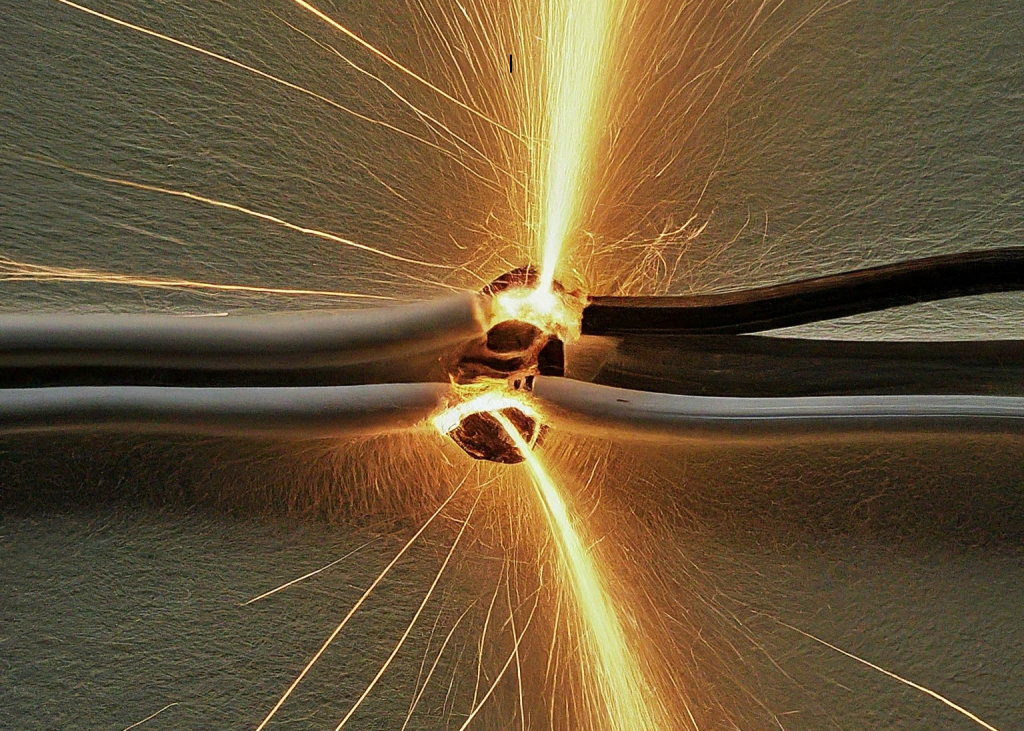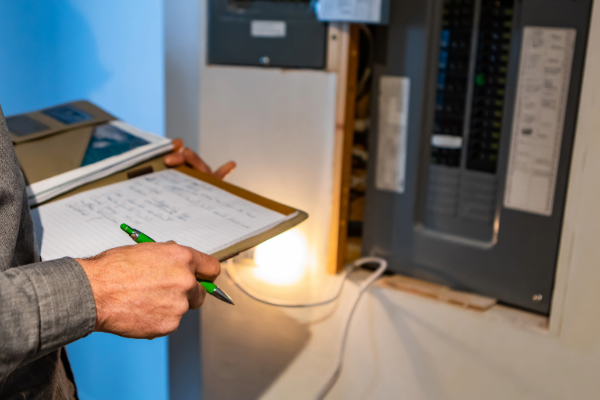Electricity is a fundamental force of nature and we utilize it to power our modern world. It lights up our homes, drives our technology, and facilitates countless aspects of our daily lives. Yet, despite its ubiquitous presence, the underlying mechanisms of the flow of electricity remains a mystery to many. Let’s see if we can’t demystify these concepts and shed some light on the flow of electricity.

At its core, electricity is the movement of charged particles, typically electrons, through a conductor. These charged particles carry energy from one point to another, enabling electrical devices to perform work. The flow of electricity is governed by the principles of electromagnetism, which detail the relationship between electric fields, magnetic fields, and the motion of charged particles.
In order for electricity to flow, certain conditions must be met. Firstly, there must be a source of electrical potential difference, commonly provided by a power source such as a battery or generator. This potential difference, measured in volts, creates an imbalance of charge between two points, prompting electrons to move from the point of higher potential to the point of lower potential. This movement of electrons constitutes an electric current, which is measured in amperes (amps).

Secondly, there must be a conducting pathway through which the electrons can flow. Conductors are materials that allow the easy movement of electrons, such as metals like copper and aluminum. These materials contain loosely bound electrons in their outer atomic shells, which are free to move in response to an applied electric field. Insulators, on the other hand, inhibit the flow of electrons and are used to prevent electrical leakage and ensure safety in electrical systems.
However, the mere presence of a potential difference and a conductor is not sufficient to sustain a continuous flow of electricity. A complete circuit is necessary to establish a closed pathway for the electrons to travel from the source, through the load (the device consuming electrical energy), and back to the source. This closed loop ensures that the electrons can continuously circulate, transferring energy to the load and enabling it to function.
A complete circuit typically consists of several components:
Power Source: Provides the electrical potential difference necessary to drive the flow of electrons. This can be a battery, a generator, or an electrical outlet connected to the grid.
Conductors: Serve as pathways for the flow of electrons. These can be wires made of materials like copper or aluminum.
Load: The device or component that consumes electrical energy to perform work. Examples include light bulbs, heaters, motors, and electronic devices.
Switches: Control the flow of electricity by opening or closing the circuit. When a switch is closed, it completes the circuit, allowing electricity to flow. When it is open, the circuit is broken, and electricity cannot flow.
When all these components are interconnected to form a closed loop, electrons can move continuously, transferring energy from the source to the load and back again. The load utilizes this electrical energy to perform its intended function, whether it’s producing light, generating heat, or powering machinery.
The necessity of a complete circuit can be understood by considering the analogy of a water pipe system. In a plumbing system, water flows from a source (such as a pump or a reservoir) through pipes to a sink or a faucet where it performs its intended function. However, if there is a break or gap in the pipes, the water cannot flow continuously, and the system fails to function properly. Similarly, in an electrical circuit, if there is an interruption in the pathway for electron flow, such as an open switch or a disconnected wire, the circuit is incomplete, and electricity cannot reach the load.

In its simplest terms, electricity flows through a conductor driven by an electrical potential difference, with a complete circuit providing the necessary pathway for electron movement. Understanding the flow of electricity and the importance of complete circuits makes it easier for us to inspect the electrical systems of the building we’re hired to investigate. Knowing how this system is supposed to function can help us identify problem areas during an inspection, helping to make sure that our clients have the power they need to reliably operate their devices and appliances, and eliminating the need for them to call us with problems!
Would you like to get an email every Friday where we share the newest things we’ve discovered about home inspections? CLICK HERE to sign up.
Want to be an Influencer in Your Field? Share This Post!
Thanks, Joe


